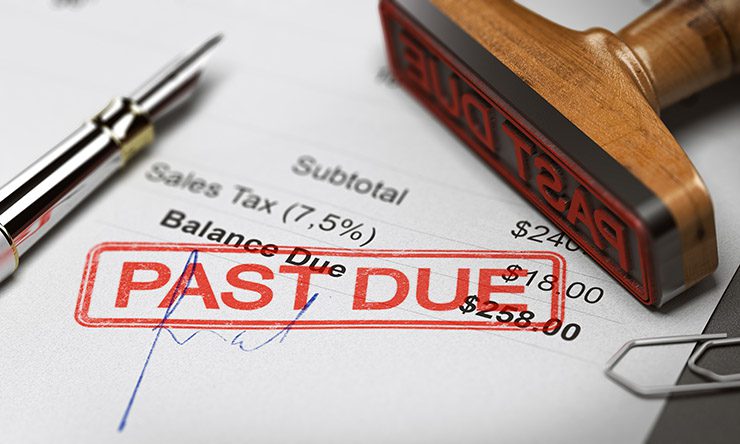Tax Refund: To qualify for a refund, it is possible that you overpaid your anticipated taxes or had an excessive amount deducted from your income. There has been a considerable increase in the average return this year, $3,226.
It’s normal to be concerned about what to do with a tax refund, whether you’ve already received one or expect to shortly. Taking a breather before making a significant purchase is in your best interest.
In our role as tax advisors, we must find a delicate balance between long-term goals and short-term rewards. If you’ve just received a tax return, it may be tempting to spend it on a new pair of shoes or a luxury trip, but it’s crucial to consider the long-term benefits of bolstering your financial position for the next year and beyond.
You may use a windfall of any type, including a return, as an ideal chance to start a financial plan or improve your existing situation. Here are five of my personal favourites for putting your tax refund to good use.
1. Build up a reserve fund in case of emergencies.
Any time of day or night, an emergency may happen. Some are one-time expenditures, like a medical bill or a housing repair, while others have a long-term effect, like job loss.
Having money put aside to cover unforeseen costs is thus essential. You should establish an emergency fund to prevent taking out a loan to cover unexpected expenditures. Your tax return is a great place to start if you don’t already have an emergency fund. We recommend that you have six months’ worth of expenses saved up, including your rent, food, power, and fuel for your car. Remember, though, that even a little money saved is better than having no money saved.
In the event of an unforeseen cost, save a portion of your savings in an account that is easily accessible but separate from your usual everyday account. As a result, you won’t be able to utilise it regularly to cover expenses.
2. Become debt-free.
Credit card debt is typically considered one of the most dangerous forms of debt due to the high-interest rates. Use your tax refund to settle any past-due balances on your credit card (or as much as possible).
3. Invest in your future by putting money down for your golden years.
One of the essential goals in your lifetime is to have a decent retirement. . Make a tax deductible contribution towards your superannuation fund ? Even though it doesn’t seem like the most exciting way to spend your tax return money, your future self will thank you.
4. Invest
If you’re already on track to meet your other financial goals and you’ll be receiving a tax refund, you may want to consider investing part of that money in the stock market. Even though the stock market may feel like it’s on a roller coaster right now, it’s crucial to remember that the ups and downs it encounters are highly regular.
You have a wide range of investment options to choose from, and the one you choose will mostly rely on how much effort and risk you are ready to put into it. Index funds and ETFs, both of which are typically automatically diversified, are good options if you are more risk conservative and want a “set it and forget it” approach to your money management. You may be more involved in your financial planning and investment by purchasing individual equities rather than collective funds. To help you get started, have a chat with one of our financial advisor..
5. It’s yours, so take it.
It’s okay to reward yourself every now and again, even if you’ve committed to saving money for the future. Your tax return money may be used to buy new things as long as most of it is still going toward your long-term financial goals.
If you get a tax refund, you should set aside 10% of your refund to reward yourself with a special dinner or new clothing. Most of the money will be reinvested in other initiatives or endeavours. A little splurge now and again may help you maintain your good financial habits, proving that positive reinforcement works.
You Can Read Also:
Claim Home Office Expenses and increase Your Tax Refund
How to Find Accurate Accounting and Taxation Services
17 Small Business Tax Planning Tips for 2022





